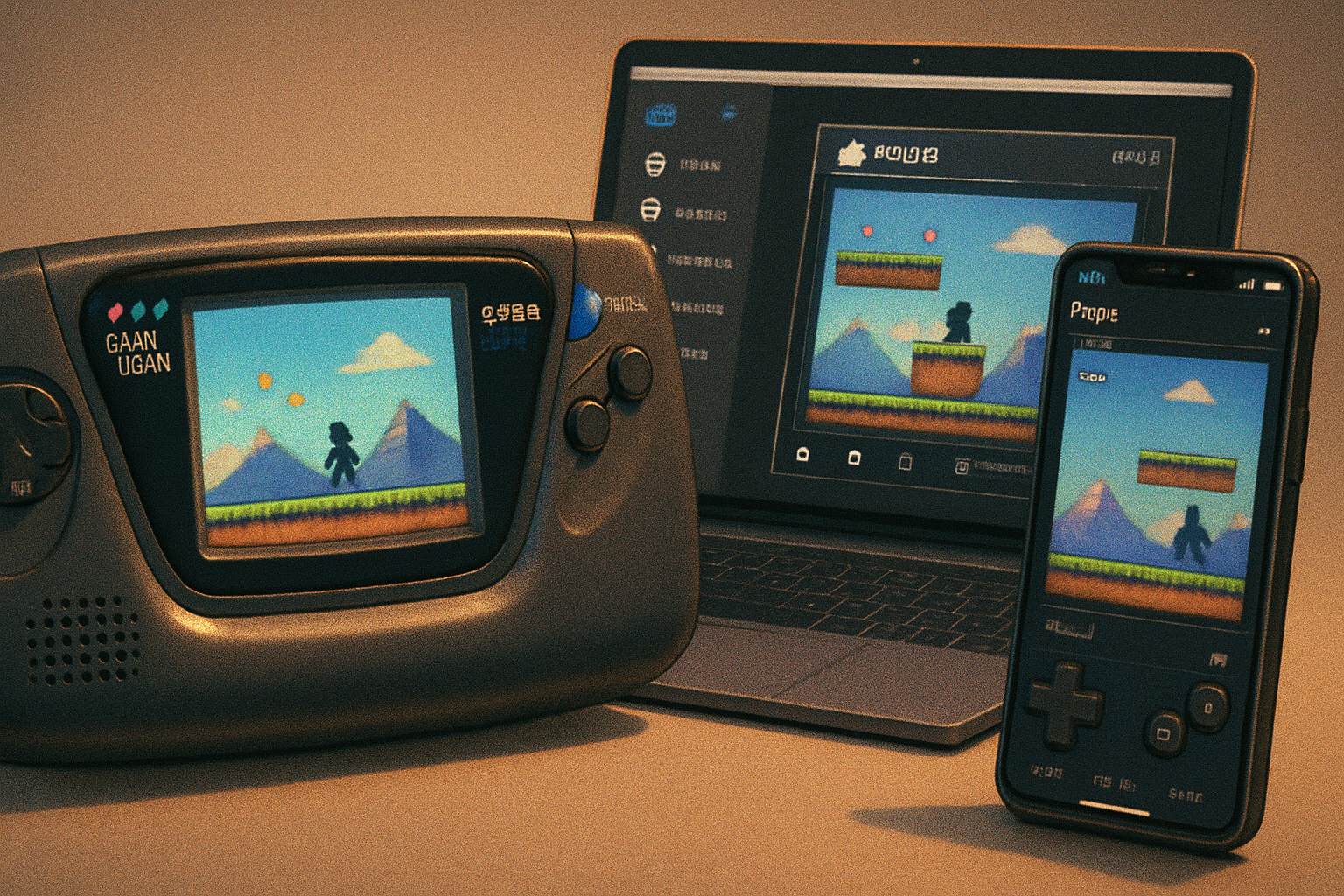· 3 min read
The Ultimate Guide to Creating a Bootable USB Drive
Learn how to create a bootable USB drive for Windows, macOS, and Linux with step-by-step instructions and helpful tips.
Introduction
Creating a bootable USB drive can be incredibly useful when installing or repairing an operating system. Whether you’re a Windows, macOS, or Linux user, having a bootable USB stick on hand can save you time and effort when it comes to system recovery, installation, or troubleshooting.
In this guide, we will walk you through the step-by-step process of creating a bootable USB drive for each of the major operating systems, including the tools you need and helpful tips along the way.

Part 1: Creating a Bootable USB Drive for Windows
What You Need:
- A USB drive with at least 8 GB of free space.
- Windows ISO file - you can download a copy from the Microsoft website.
- A tool like Rufus or the Windows USB/DVD Download Tool.
Steps:
Download and Install Rufus:
- Go to the Rufus website and download the program. No installation is needed.
Insert the USB Drive:
- Plug your USB drive into a USB port on your computer.
Open Rufus:
- Launch Rufus; your USB drive should be automatically detected.
Select the ISO File:
- Click on the “SELECT” button to browse for your Windows ISO file.
Configure Partition Scheme:
- For most users, the partition scheme should be set to MBR.
Start the Process:
- Click on “START” to begin creating the bootable USB drive. Wait for the process to complete.
Conclusion for Windows
That’s it! You now have a bootable USB drive for Windows, which you can use to install or repair Windows on any compatible device.
Part 2: Creating a Bootable USB Drive for macOS
What You Need:
- A USB drive with at least 16 GB of space.
- A macOS installer downloaded from the App Store.
Steps:
Format the USB Drive:
- Insert your USB drive, open Disk Utility, select the drive, and format it as
Mac OS Extended (Journaled)with the GUID Partition Map.
- Insert your USB drive, open Disk Utility, select the drive, and format it as
Open Terminal:
- You’ll be using the Terminal app to create the bootable drive.
Use the Createinstallmedia Command:
- Type the command:
sudo /Applications/Install\ macOS\ [YourVersion].app/Contents/Resources/createinstallmedia --volume /Volumes/[YourUSBDriveName]- Replace
[YourVersion]with your macOS version and[YourUSBDriveName]with your USB drive’s name.
Authenticate:
- Enter your password when prompted, and wait for the process to complete.
Conclusion for macOS
You now have a bootable USB drive for macOS that you can use to install or reinstall macOS on any compatible Mac.
Part 3: Creating a Bootable USB Drive for Linux
What You Need:
- A USB drive with at least 4 GB of space.
- Linux ISO file - for instance, you can download Ubuntu.
- A tool like UNetbootin or Etcher.
Steps:
Download and Install Etcher or UNetbootin:
- Follow the installation steps from their respective websites.
Connect the USB Drive:
- Make sure your USB drive is connected to your computer.
Open Etcher or UNetbootin:
- Select the downloaded Linux ISO file.
Select Target USB Drive:
- Make sure your USB drive is selected correctly to prevent data loss.
Start the Process:
- Click on “Flash!” for Etcher or “OK” for UNetbootin and wait a few moments while the bootable drive is created.
Conclusion for Linux
Your Linux bootable USB drive is now ready to use! You can use it for installation, live environment, or system recovery.
Final Tips
- Always back up important data on your USB drives before formatting them.
- Make sure to check the ISO file integrity to avoid corrupt installations.
- If you have trouble booting from the USB drive, ensure that your BIOS/UEFI settings are configured correctly to boot from USB.

Conclusion
Creating a bootable USB drive is a straightforward process that varies slightly depending on the operating system you are using. With this guide, you can easily prepare a bootable USB drive for Windows, macOS, or Linux that will help in installing or troubleshooting your operating system. Whether you’re a tech novice or a seasoned expert, these steps will empower you to manage your systems efficiently. Happy booting!
For further reading, you can check out the official Microsoft guide or the Apple guide.


